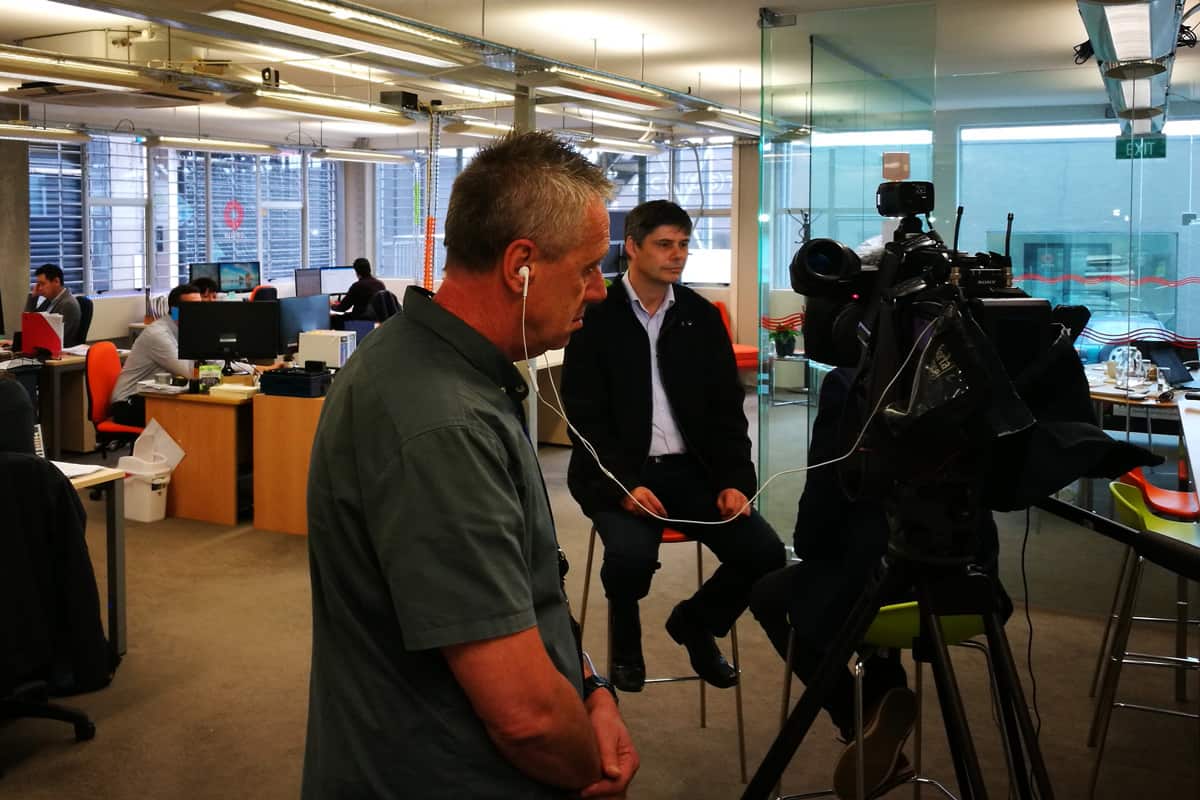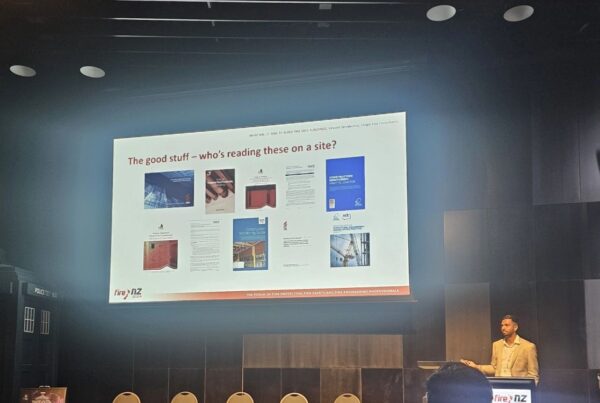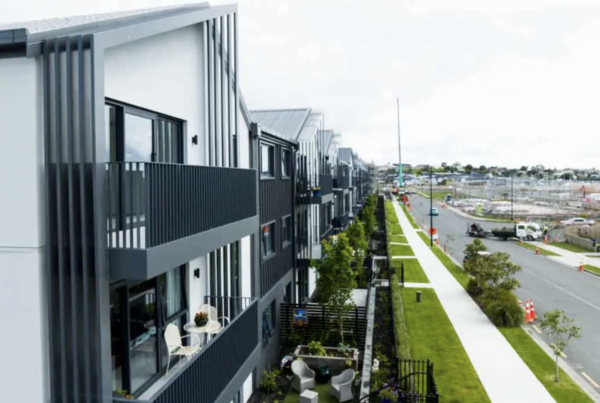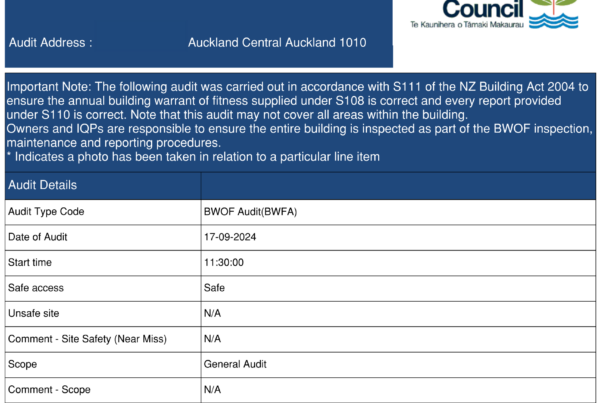With major cities shifting towards more high-rise living, is there cause for concern when it comes to New Zealand’s fire safety?
While our thoughts and condolences go out to the people caught up in Wednesday’s tragedy at Grenfell Tower in west London, NZ commentators’ thoughts have also turned to how our own apartment buildings might fare in a fire.
Michael James, Origin Fire’s Managing Director and Vice President of the Society of Fire Protection Engineers (SFPE) was interviewed by both One News and Radio New Zealand on this topic. Links to these interviews can be found at the end of this article.
Official reports have not yet been released as yet, but many concerns have been voiced over the speed at which the fire spread through Grenfell Tower. It is thought that the type of materials used in the cladding system for the apartment block was of a flammable nature, and that similar cladding has been allowed on buildings here in New Zealand.
The difference between the Grenfell Tower and a similar apartment building in New Zealand is that the apartment would have had a sprinkler system on an automatic alarm system directing people to evacuate the building and most likely a stairwell pressurisation system to keep the stairwell free of smoke. These additional features would have greatly assisted in minimising or eliminating the loss of life.
The type of cladding that is suspected to have been used is called ACM – Aluminium Composite Material – essentially two sheets of aluminium sandwiched around a low-density core, which can be either fire retardant or polyethylene. The polyethylene core can melt and is quite combustible.
Michael says it’s the core of this cladding that is really the issue, and that for New Zealand Building Code Compliance its use is limited by building height – low-rise buildings are considered lower risk. Up until this year, it could be installed on a building up to 25m (7 floors) high provided the building had a sprinkler system installed, it was considered that sprinklers would be enough to protect the building.
Michael says that the New Zealand government tightened fire safety laws earlier this year, in part due to the Docklands fire in Melbourne.
“The Docklands fire showed that while the sprinkler system was very effective in preventing the fire from taking hold inside the apartments it wasn’t effective in controlling the fire on the outside of the building, so that dispensation has been removed,” says Michael.
“So really an ACM panel with a polyethylene core would only be able to be used on buildings up to around 7 metres in height now.”
As a result of the Grenfell Tower tragedy, the Minister of Building and Construction has asked the Ministry of Business Innovation and Employment (MBIE) to work with metropolitan councils to assess how prevalent the use of aluminium cladding is on high rise buildings in New Zealand. This is a high priority task for MBIE.
Listen to Michael on Radio NZ 15/06/17>>
Listen to Michael on Radio NZ 16/06/17>>



